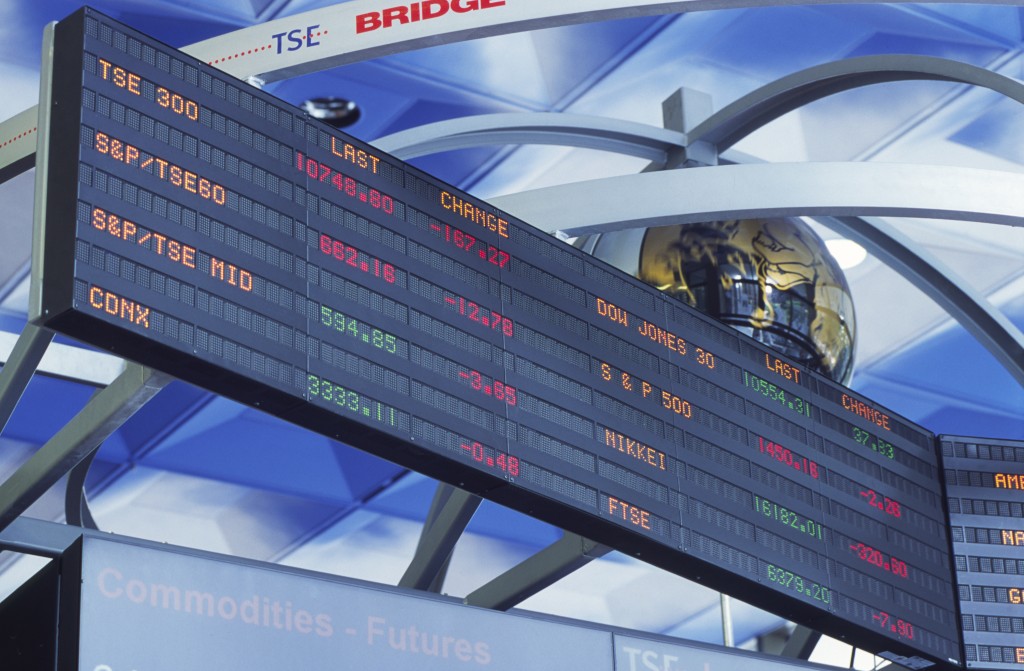5 triple play stocks to consider
Triple play stocks combine dividends, value and momentum
Advertisement
Triple play stocks combine dividends, value and momentum

| Name | Price | P/B | P/E | Earnings Yield | Dividend Yield |
|---|---|---|---|---|---|
| CIBC (CM) | $90.58 | 2.04 | 11.52 | 8.68% | 4.55% |
| National Bank (NA) | $44.66 | 1.73 | 10.24 | 9.76% | 4.48% |
| BCE (BCE) | $56.91 | 4.42 | 19.1 | 5.24% | 4.34% |
| Cenovus Energy (CVE) | $24.64 | 1.74 | 16.1 | 6.21% | 4.32% |
| Bank of Nova Scotia (BNS) | $61.62 | 1.67 | 10.83 | 9.23% | 4.28% |
| Bank of Montreal (BMO) | $75.68 | 1.57 | 11.75 | 8.51% | 4.23% |
| Potash Corp (POT) | $42.01 | 3.55 | 24.02 | 4.16% | 3.99% |
| Shaw (SJR.B) | $29.75 | 3.01 | 16.62 | 6.02% | 3.98% |
| Royal Bank of Canada (RY) | $75.51 | 2.24 | 12.54 | 7.97% | 3.97% |
| Power Corp of Canada (POW) | $29.52 | 1.25 | 11.27 | 8.88% | 3.93% |
Share this article Share on Facebook Share on Twitter Share on Linkedin Share on Reddit Share on Email